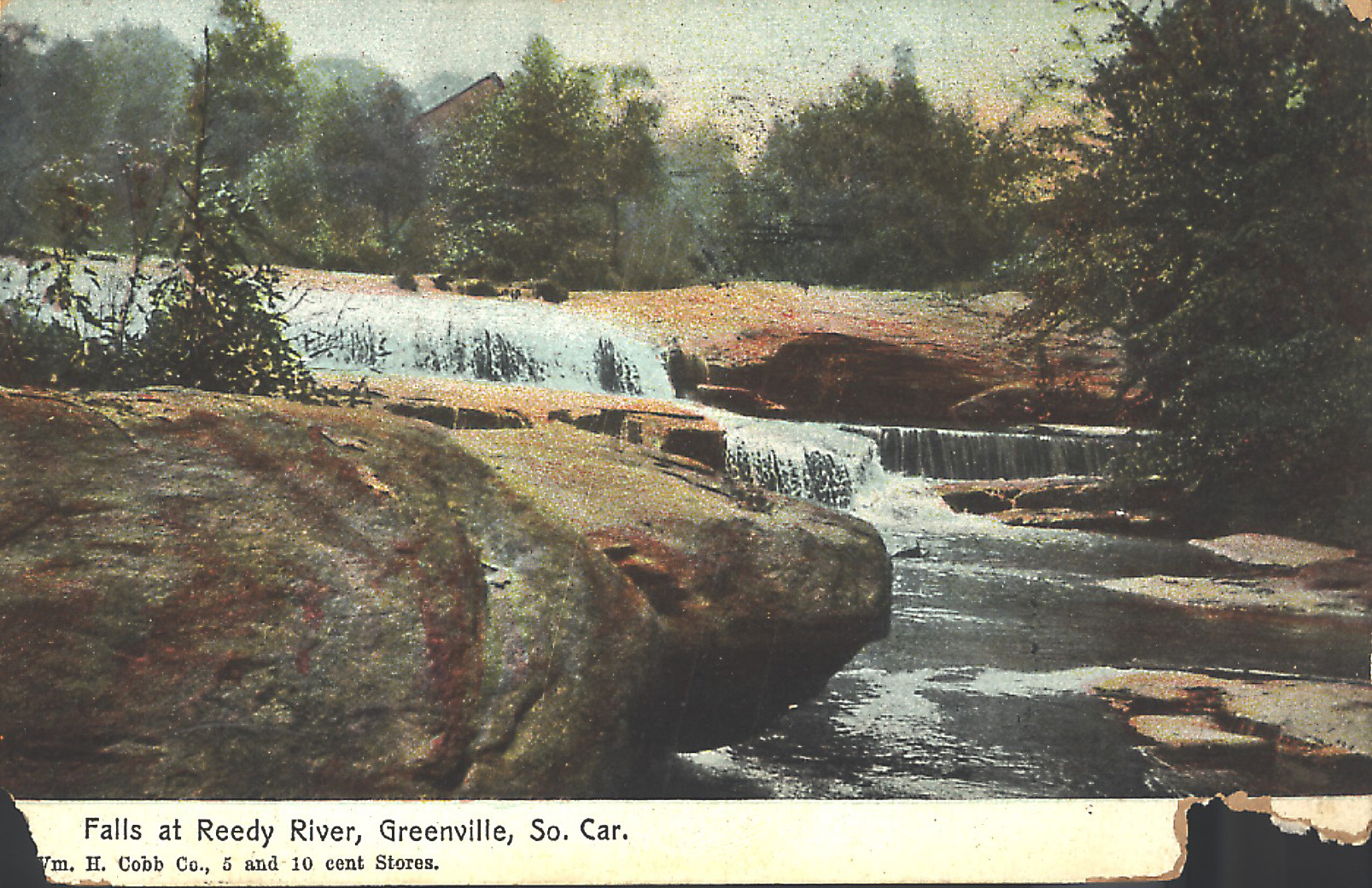The Greenville County Historical Society is pleased to announce the dates and topics for our 2024-2025 lecture series.
Dates: 3rd Thursday of the month
Time: 6:30-7:30 PM
Venue: First Presbyterian Church (200 W Washington St., Greenville, SC 20601) The space serves individuals with disabilities. The best entrance for wheelchair access is via the portico near Richardson St. across from the Richard St. garage (pictured here in this link at the top of Lot 3)
Capacity: 200
Ticket Cost: Free for GCHS* and First Presbyterian members; $15 for non-members.
* It’s a great time to become a member of the Society to get free access to these lectures which will illuminate a variety of topics from the Revolutionary War era through today.
June 20
Hands on History: Artifacts from 19th Century Greenville
Speaker: John Nolan
Description: You’ve heard of Joel Poinsett, right? His name is all over town. You’ve seen his statue, but how about the opportunity to see and hold a letter that he wrote in 1839? Swamp Rabbit is something else you hear a lot. This presentation fills you in on the railroad that nickname is connected to, the rabbit it represents…and lets you see and hold a piece of the old railroad! It’s one thing to see great photos and hear interesting information about Greenville history (which you WILL experience), but it’s much more fun and memorable to hold dozens of pieces and artifacts from things 100-200 years ago.
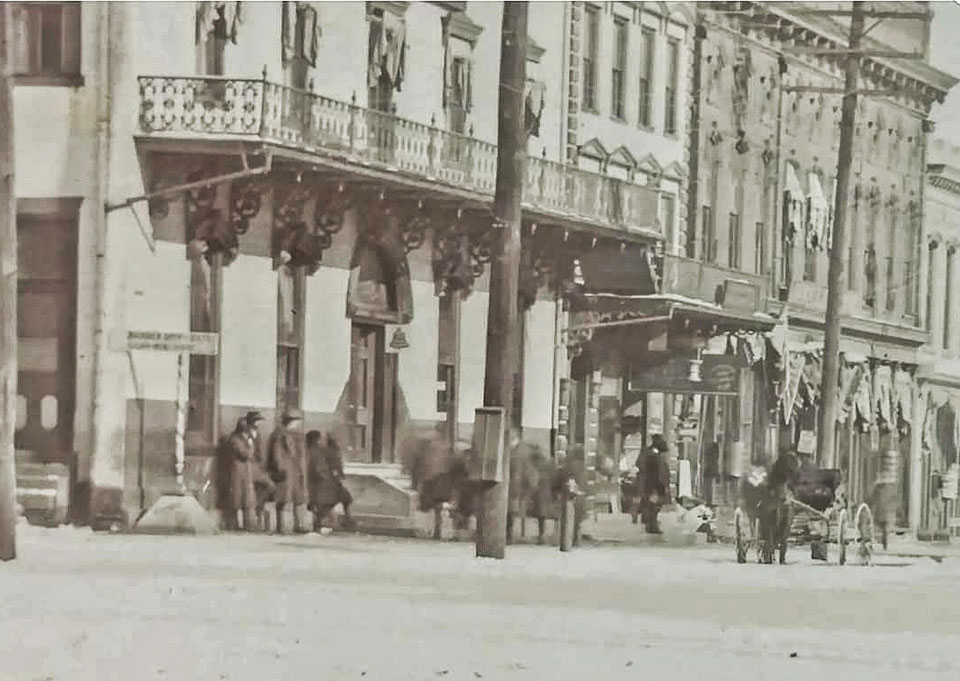
July 18
The Earliest Roads of Greenville
Speaker: John Zimmerman
Description: The Road to Fort Rutledge, Goodwin’s Road, the Spartanburg Road, the Road to Morgan’s, “an old path”….
Today we know them by different names such as Pendleton Street, E. North St., Augusta Rd., Broad Street, and a variety of other smaller residential roads. Please join us for an insightful look into the ongoing research behind some of Greenville’s earliest roads. In the process, you will also see how the first land grant boundaries became some of today’s city streets.
As this is an ongoing research project, we invite input from the audience and any knowledge you may have to further our research.
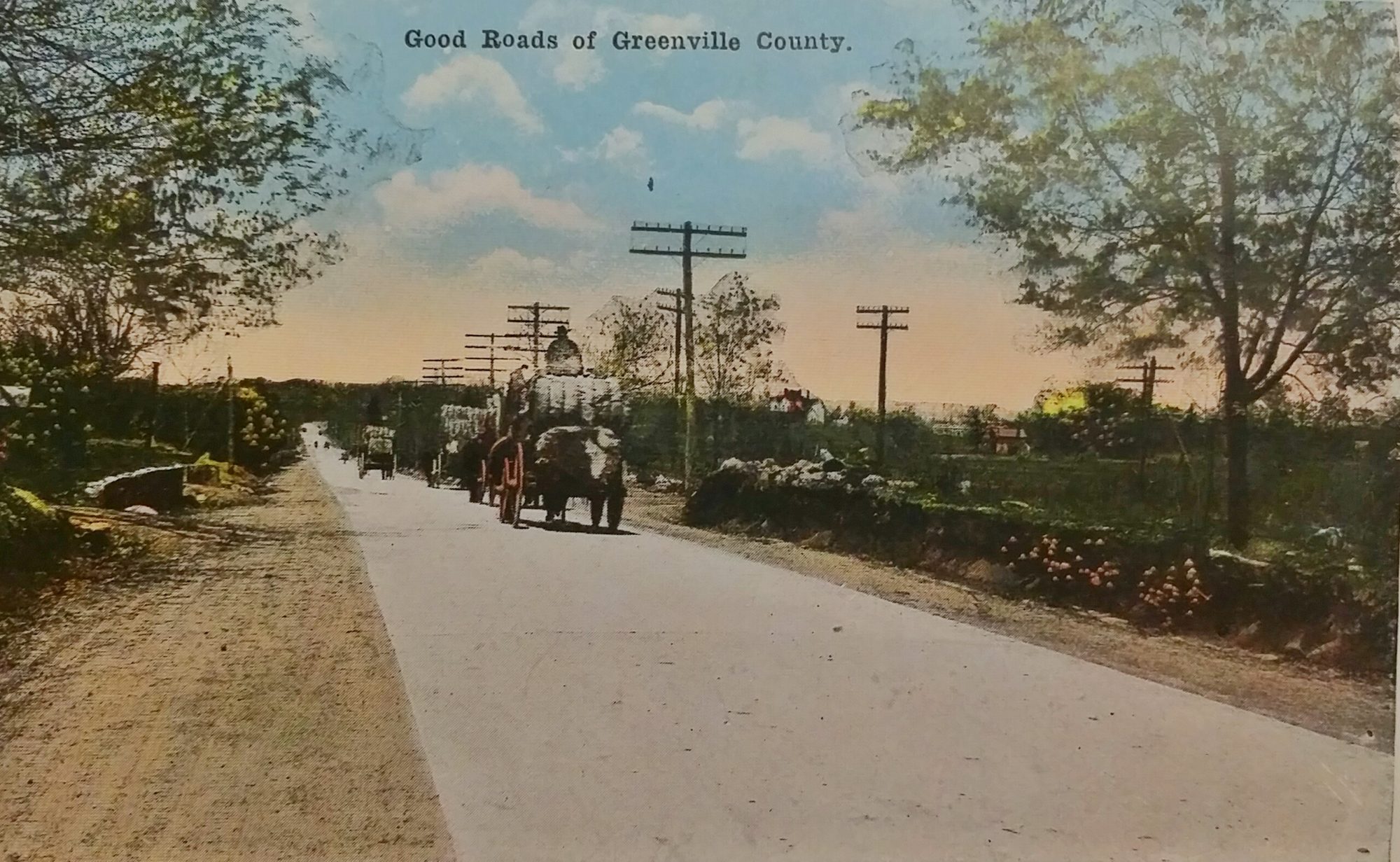
August 15
Unionism in Greenville County: the Press, Pistols, and Benjamin Franklin Perry
Speaker: Candy Rae Boatwright
Description: Unionism in Greenville Country stretches back to the decade before the Nullification Crisis gripped South Carolina in the 1830s. The Greenville Mountaineer, from its founding in 1826 demonstrated Greenville residents’ preference for prioritizing national concerns over a strict focus on South Carolina’s interests. By exploring the life of Benjamin F. Perry, Greenville’s most prominent Unionist, through his career as the editor of the Greenville Mountaineer, lawyer, statesman, and sometimes duelist, we gain insight into the political and community life of early Greenville.
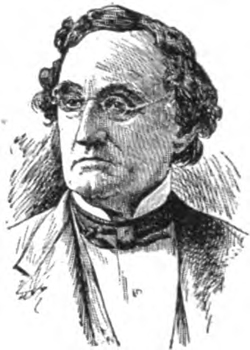
September 19
Hands on History: Artifacts from 20th Century Greenville
Speaker: John Nolan
Description: Coming soon.

October 17
Greenville Development Patterns Over the Centuries
Speaker: Robert Benedict
Description: Coming soon.

November 21
TBD
Speaker: Russell Stall
Description: Coming soon

December 19
Greenville at the Turn of the 20th Century
Speaker: John Nolan
Description: The years surrounding the end of the 1800s and the beginning of the 1900s marked big changes for the city of Greenville. Beautiful new buildings graced Main Street…some of which are still here and some are not. Take a fascinating look at what downtown looked like in those years, what factors were causing growth and development, and the people important to the city of that era.
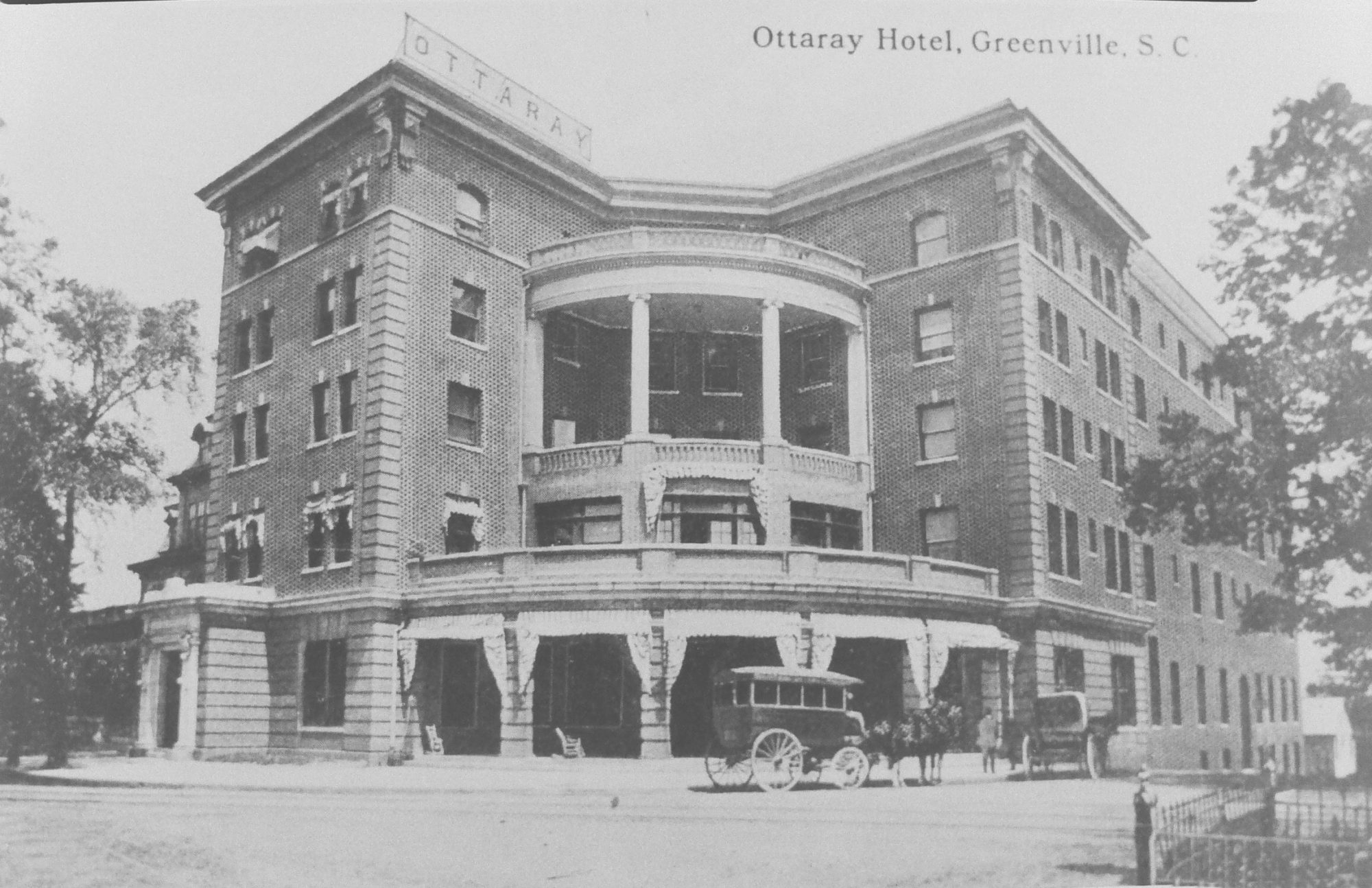
January 16
Historic Neighborhoods of Greenville, SC
Speaker: John Nolan
Description: As appealing and beautiful as Greenville’s downtown is, the historic neighborhoods that surround it give it a livability and traditional feel that enhances the city in every way. Take a virtual ride through neighborhoods like Pettigru, Alta Vista, Hampton Pinkney, Dunean Mill Village, and Earle Street to see a myriad of architectural styles of homes ranging from Greenville’s earliest days through the mid-20th century. See inside the homes and learn about who lived in them and what their community roles were.
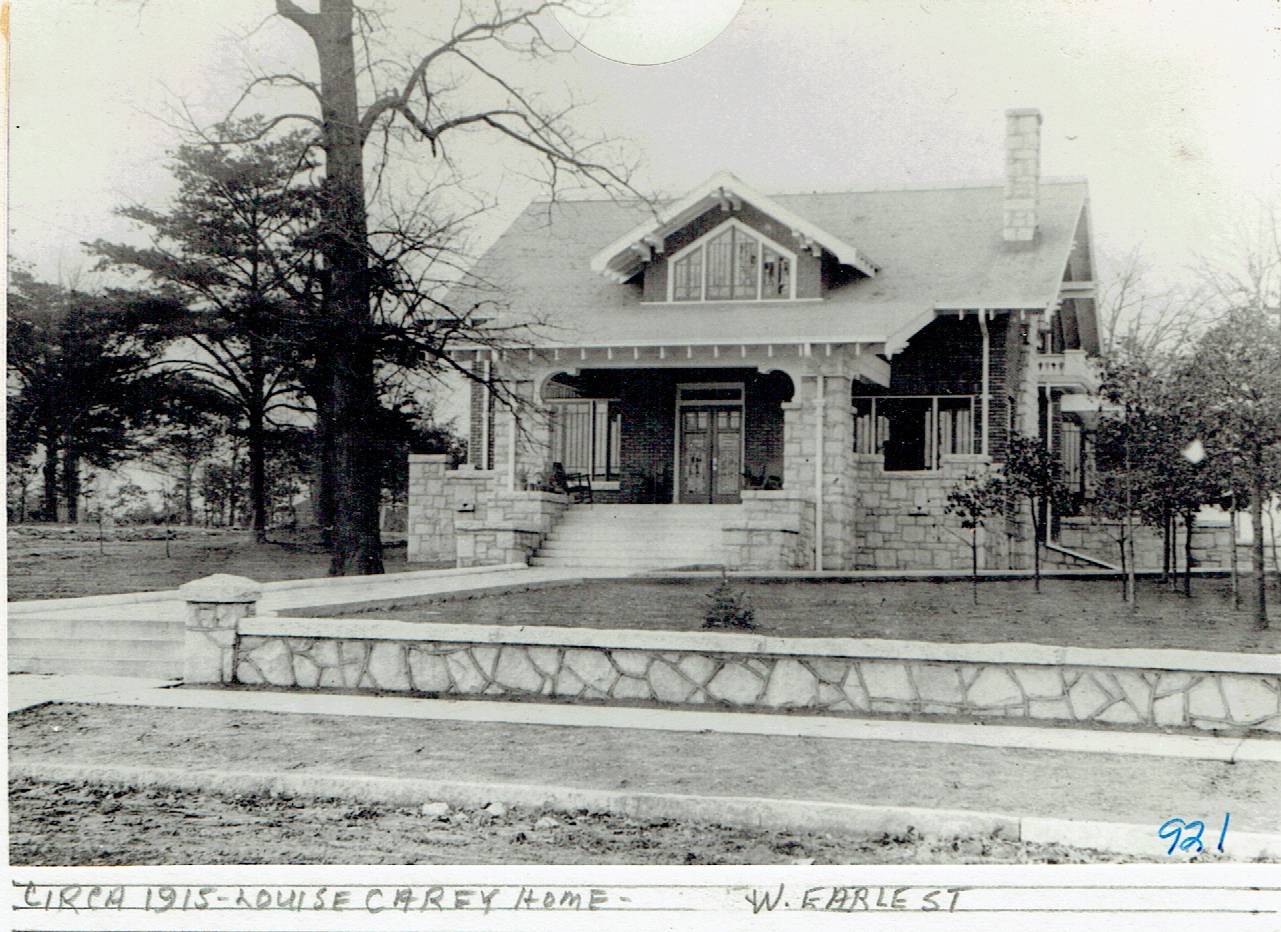
February 20
Fireside Remembrances of the Snow Campaign: Celebrating the Revolutionary Upstate
Speaker: Candy Rae Boatwright
Description: Following the Siege of Savage’s Old Field in Ninety Six during November, 1775, the Patriots of the Piedmont amassed a large force in order to retake the ammunition shipment commandeered by Richard Pearis and other Upstate Loyalists. Between December 12th and Christmas Day, 1775 nearly 5,000 Patriot forces camped at Hollingsworth Mill near Fountain Inn and orchestrated a strategic victory over the British and Tories. Although very few casualties occurred during the Battle of Canebrake or Snow Campaign it was significant due to the capture of nearly 130 Tories along with prominent leaders such as Richard Pearis in nearly two feet of snow. Such Patriots as Vardry McBee Sr. would continue to retell of his time in the “Snow Camps” and his son, Vardry McBee Jr. the “Father of Greenville”, would be formed by those Revolutionary memories.
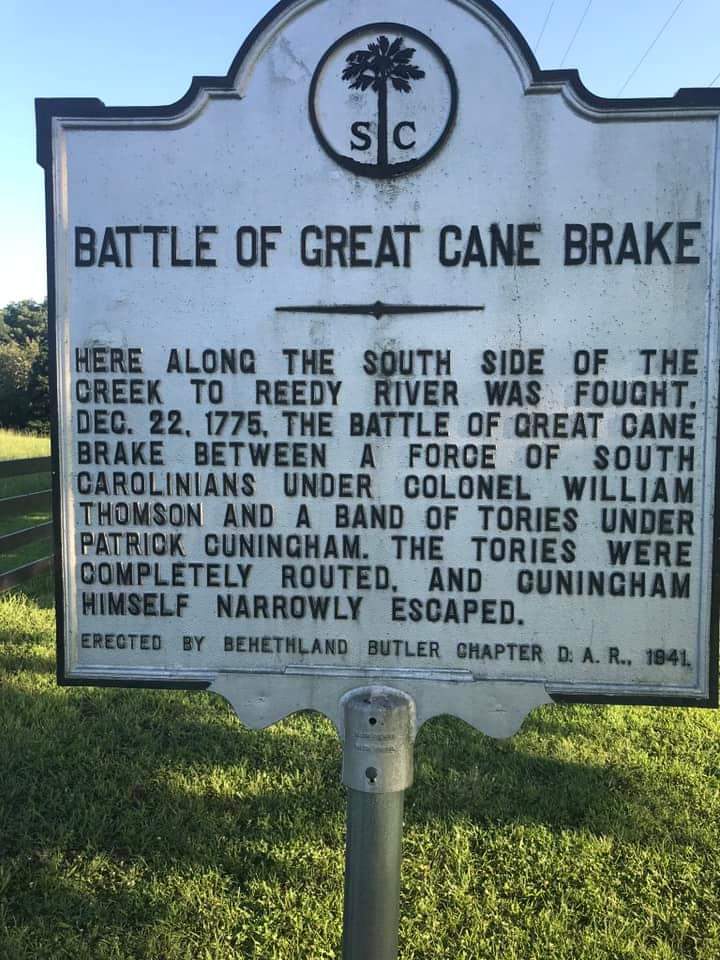
March 20
Coffee History in Greenville, SC
Speaker: John Nolan
Description: Coffee is an integral part of world communities and has played a part in city cultures for many decades. Learn about the origins of coffee, its migration into world cultures, its evolution as a staple of American society, and its presence and growth in Greenville over the past century.
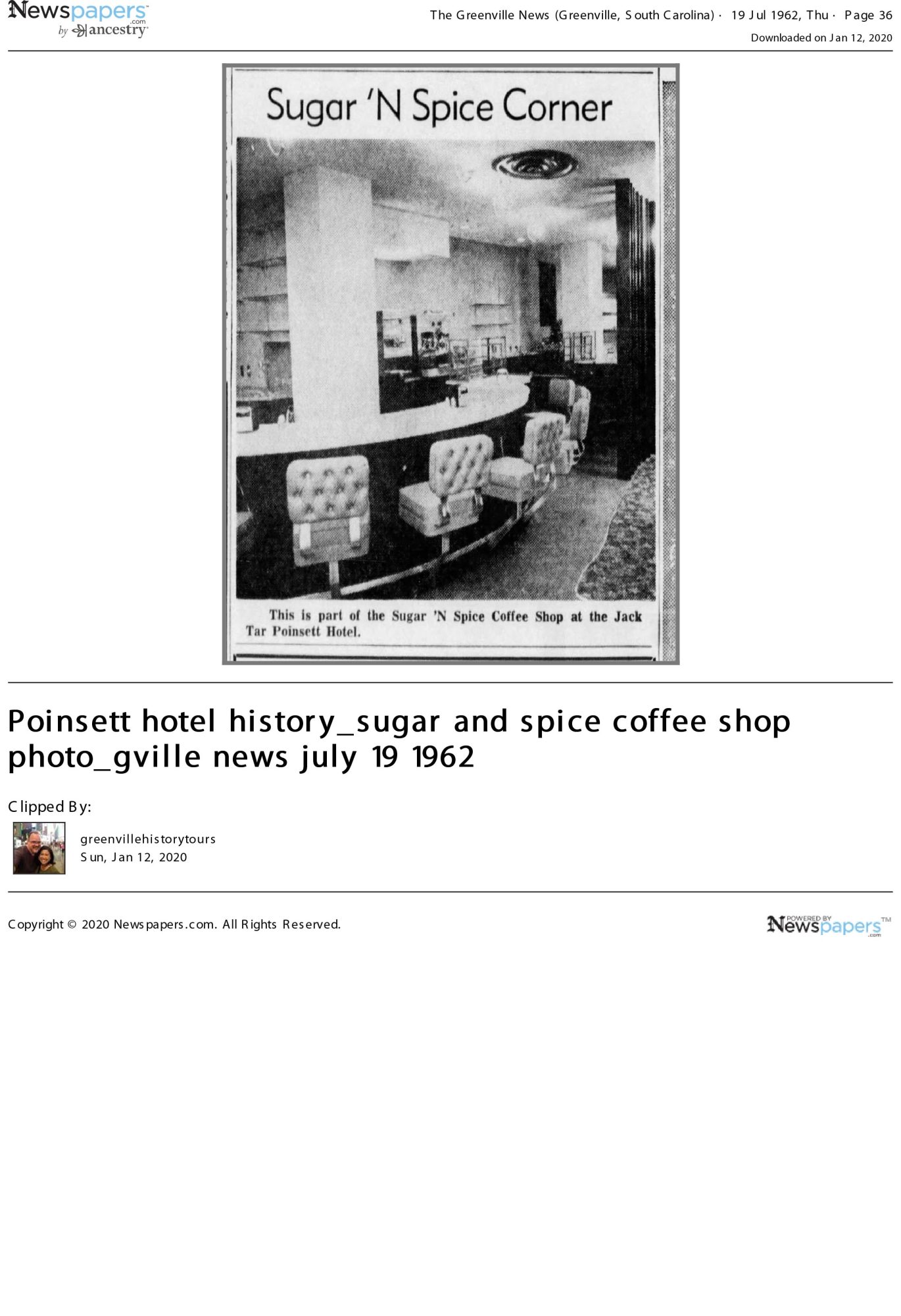
April 17
Vardry McBee: The Father of Greenville
Speaker: John Nolan
Description: The name McBee is found all over the city of Greenville and for good reason. Vardry McBee contributed more to the early development of the city than any other citizen. This presentation will fill you in on the myriad of community aspects that McBee had significant influence in over his lifetime including buildings, politics, military, agriculture, churches, homes, businesses and more.
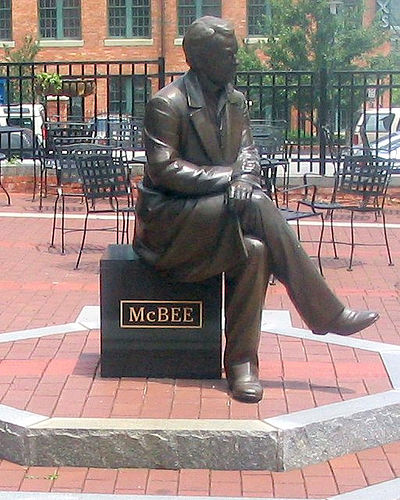
May 15
Pictorial History of Falls Park
Speaker: John Nolan
Description: The Reedy Falls have played a central role in Greenville from its beginnings as a hunting ground for the Cherokee tribe through its textile era and into the present day. Take an enjoyable look at what the river looked like with hundreds of images spanning from 1821 to 2023 and what its evolving role was for through the years. Your sure to see views of the Reedy River and falls areas that you’ve never seen before.
